Tips to Accept CNP Payments for Restaurants

The last few years have been challenging for restaurants without question. Many businesses were forced to ramp up their carry-out and delivery options and accept card-not-present (CNP) transactions out of necessity.
Today, the restaurant industry has re-bounded as consumers are streaming back into brick-and-mortar establishments. However, customers have adapted to the variety of payment choices when they consume their meals and that’s why restaurants need to know how to cater to both card present and card-not-present transactions.
Here are some tips that will help merchants improve their bottom line and outcomes to meet the needs of their customers:
1.) Avoid Additional Fees
Every time a debit or credit card transaction is processed, that transaction is assigned an interchange rate. This rate is impacted by everything from card brand to industry, but there are some actions that can qualify your business for the lowest possible interchange rate on every transaction such as transaction amount, line item details, and more.
2.) Batch Out Daily
Transactions that sit unsettled in a terminal for more than 24 hours, often called “stale authorizations,” are frequently downgraded. This means merchants are paying increased rates for every single one of those transactions. Avoid this problem by setting up the terminal to automatically batch out every day after business hours.
3.) Prevent Fraud with AVS and CVV
AVS stands for address verification system, which is a fraud prevention tool that confirms the address provided by a cardholder matches the address on file with the cardholder’s issuing bank. If the billing zip code is not provided, the transaction will be charged a higher interchange rate, so make sure the 5-digit billing zip code is provided every time the card is keyed into the system.
Also, entering the three-digit CVV (card verification value) code from the back of the card won’t impact interchange rates, but it will help prevent fraudulent transactions. Many fraudsters don’t use physical cards—they’ve either purchased a list of card numbers or stolen the information themselves. Either way, without being in possession of the card, they most likely don’t have the CVV code. Fraudulent transactions will inevitably be charged back and that costs money.
4.) Enter Data Accurately
When merchants key in a transaction, the customer usually won’t have the chance to review their receipt, so data entry errors are more likely to result in chargebacks. Chargebacks are accompanied by a fee of at least $25, and the disputed amount is pulled from a company’s bank account until the chargeback is resolved. For a restaurant to get the money back, it must provide supporting documentation to prove the transaction was legitimate. To avoid this, ensure data entry is accurate. A best practice is to repeat the total back to each customer while they are still on the phone.
5.) Use a Virtual Terminal
A virtual terminal allows restaurants to process payments from any device with an internet connection. This provides a secure way to accept payments over the phone or the internet for carry-out and delivery orders.
Learn About i3 Commerce Technology’ eCommerce Solutions
Contact us online or call 1-800-621-8931.
Subscribe to Card Talk
Our monthly newsletter delivers the latest payments news straight to your inbox


